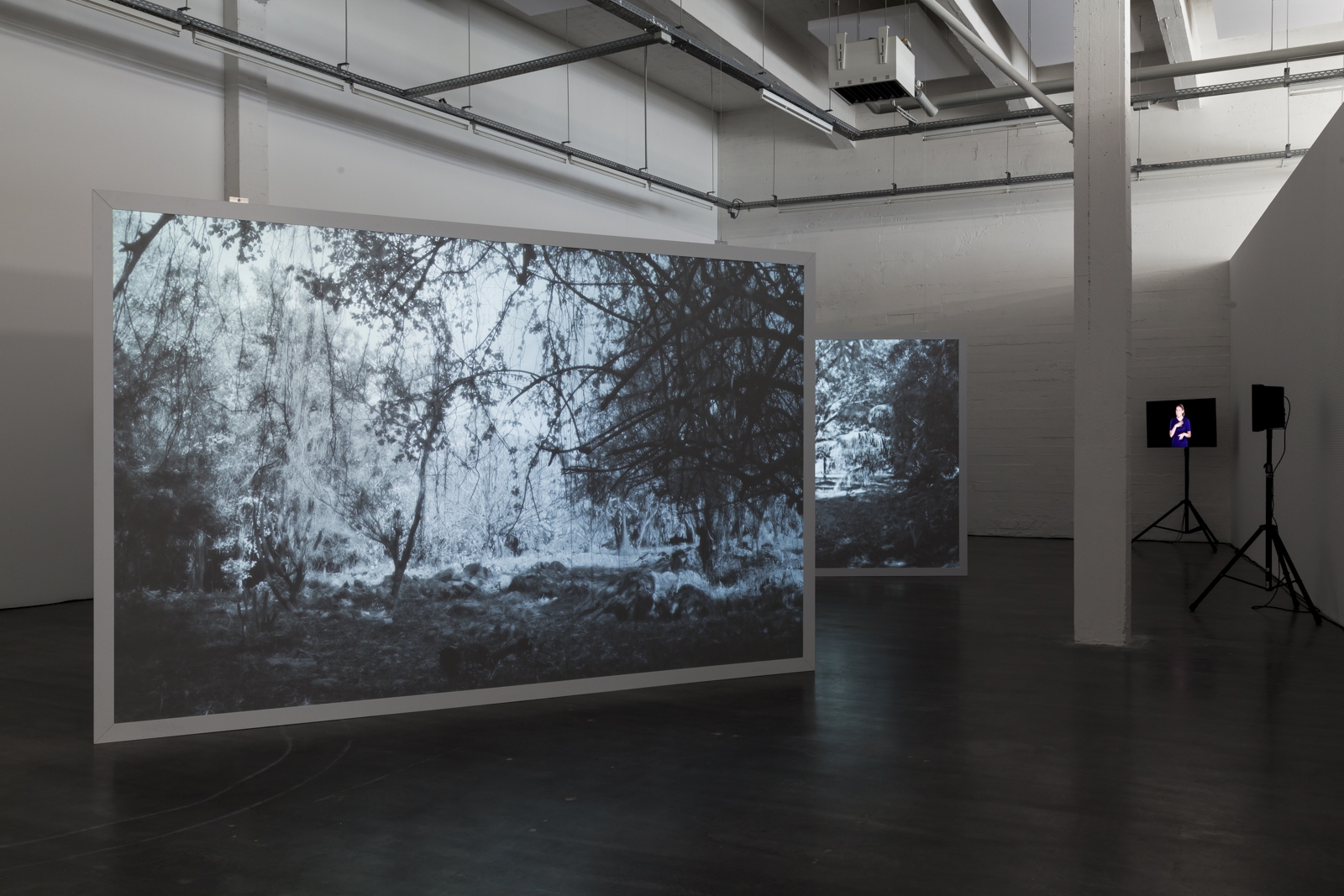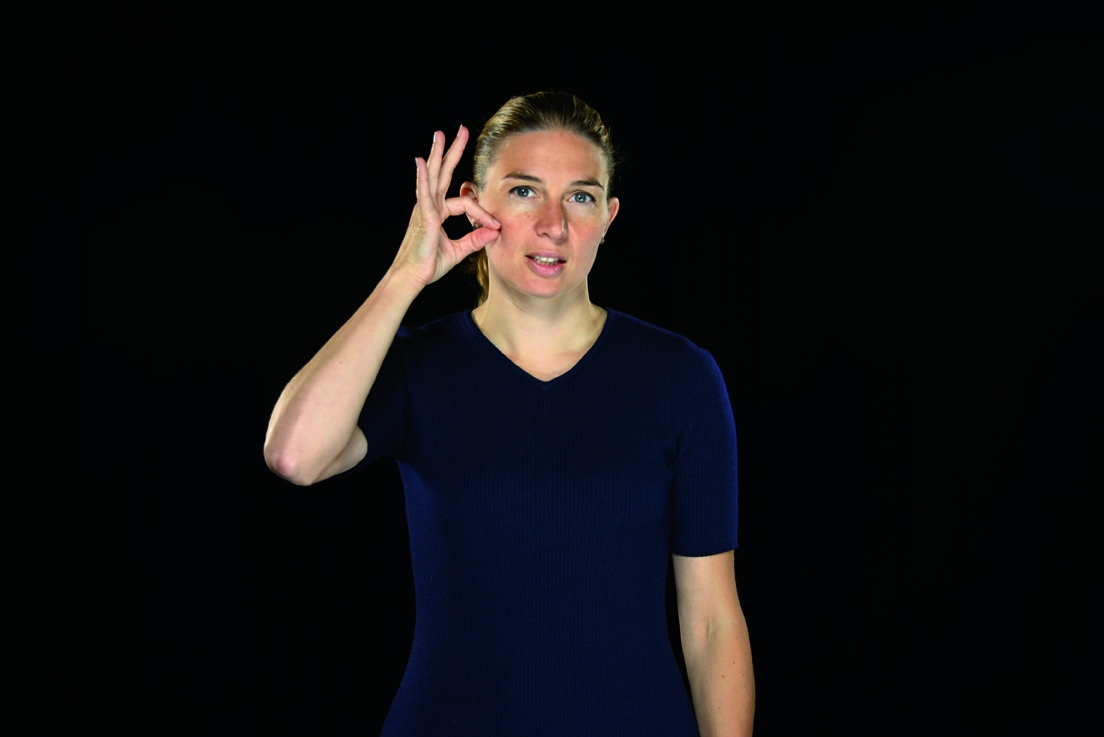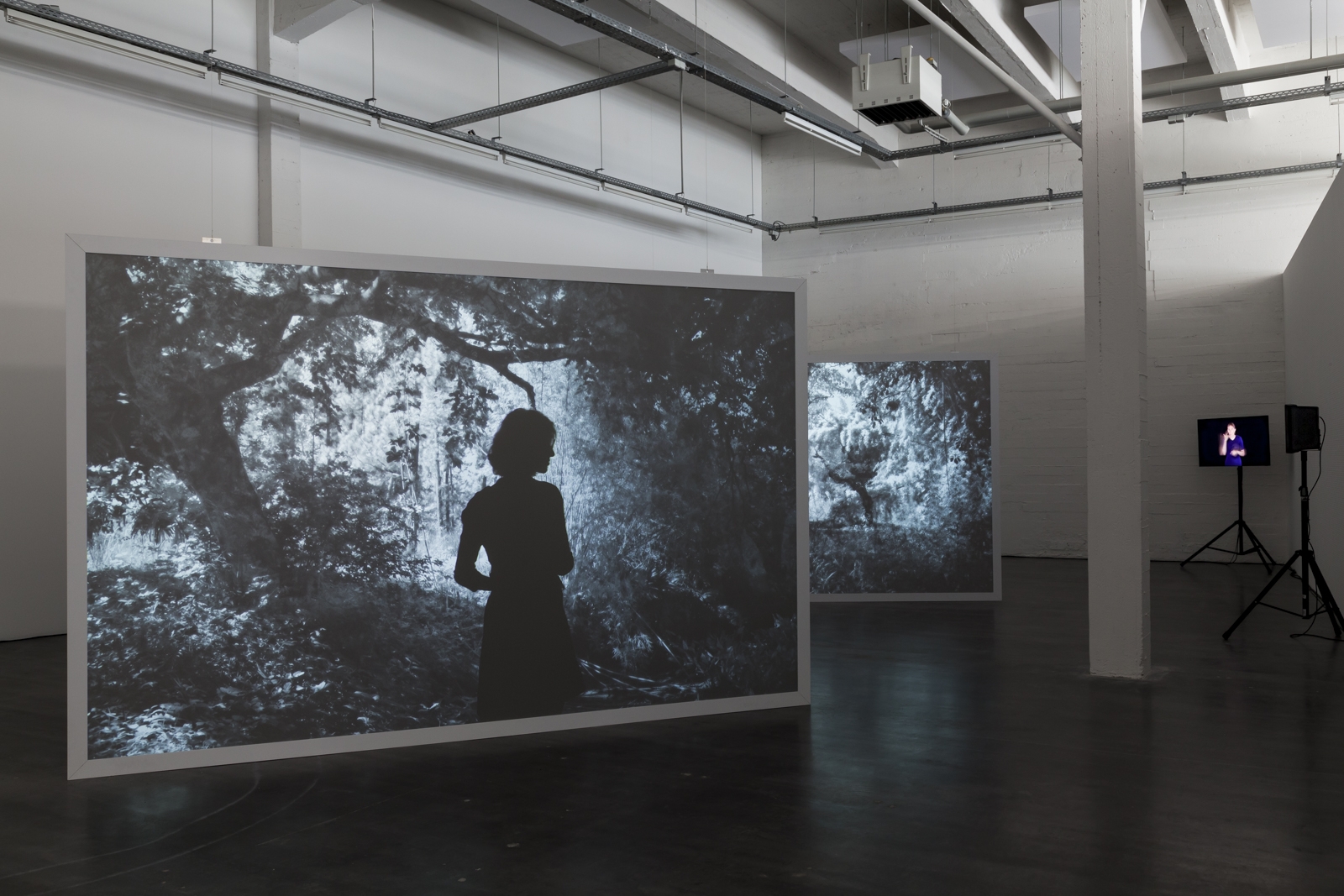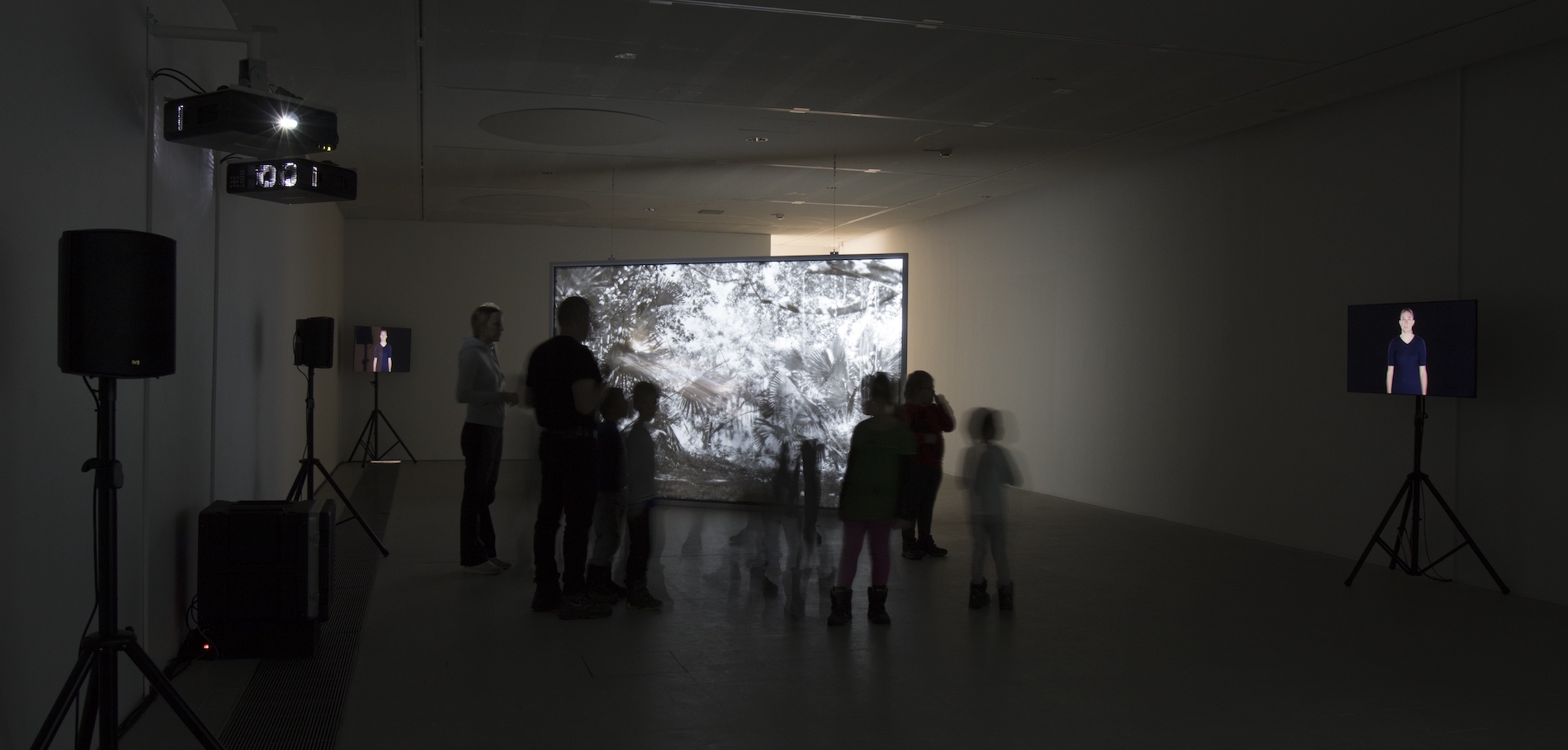The Parrot & the Nightingale, a Phantasmagoria, 2014











The Webster dictionary describes the term ‘phantasmagoria’ as ‘a confusing or strange scene that is like a dream because it is always changing in an odd way’. Parrots and nightingales are mentioned profusely by Christopher Columbus in the diary of his first journey to America in 1492-93.
Ana Torfs became fascinated years ago with Columbus’s diary, which describes the newly discovered ‘India’ as a cornucopia, a paradise of wondrous flowers, with a thousand variety of trees and remarkable fruits, not to mention astonishing fish and birds of the most dazzling colours.
The first thing that struck Torfs when reading Columbus’s journal is the constant repetition of words like ‘tree’, ‘cross’, ‘believe’, ‘nightingale’, ‘trade’, ‘parrot’, ‘danger’, ‘wonder’, ‘naked’ and ‘weapon’. The word that occurs most often – after ‘gold’ – is ‘sign’: signs that have to be deciphered and translated. Columbus as interpreter. At sea, every piece of driftwood, bird or fish is a sign that land is near, and when they do eventually land in ‘India’, they see signs everywhere of the presence of gold and silver. In reality, they probably landed at an island in the Bahamas, called Guanahani in the language of the natives, but which Columbus immediately dubbed San Salvador. ‘And they are very meek, and they brought us […] cotton, and parrots, and javelins, and other little things. And they gave everything for anything that was given to them. I was attentive and laboured to find out if there was any gold. I saw that some of them wore a little piece that hung in a hole that they have in their noses. And by signs I was able to understand that, going to the south, there was a king who had very much gold and I decided to depart for the southwest, in search of gold and precious stones’ as we read in his diary.
It is interesting to know that when Columbus returned to Europe, the Admiral presented the manuscript of his journal to Ferdinand and Isabella, the Spanish royal couple. A copy of it was made before Columbus embarked on his second overseas expedition to ‘India’. Both the original and the copy are lost. The only surviving manuscript is a summary of Columbus’s copy made and annotated by the Dominican missionary Bartolomé de las Casas around 1530. This manuscript also disappeared, but it turned up again around 1790 in the library of the Spanish Duke of Infantado. As far as we know, this is the only ‘original’ still extant, making it the most important source of information about Columbus’s first voyage. Las Casas’s manuscript is written in Spanish, in a kind of shorthand, and the challenge facing every translator is to interpret the text consistently. Las Casas also mixes the ‘I’ and ‘he’ forms, giving the impression that Columbus himself is speaking in some fragments, while others seem to be recounted by an anonymous narrator or observer. Many of the journal entries begin or end with: ‘These are the words of the Admiral; ‘these are the exact words of the Admiral’; or ‘this is what the Admiral says at this point’.
By working with these kind of historical documents, Torfs stresses the ambiguity of reconstructions. What was really said, what was really written, what information is lost forever? In Repetition, an Essay in Experimental Psychology (1843), Kierkegaard suggests that repeating is to modern men what remembering was in ancient times. Kierkegaard’s remark that real repetition is remembered forwards has to do with this paradoxical fact that repetition changes the repeated. History is always a story, told by someone.
While Columbus and his crew were crossing the Atlantic, he noted that the only thing missing was the song of the nightingale, the traditional metaphor for the poet. He later made countless references to nightingales, even though this species is not to be found in the Caribbean, the archipelago in which he ended up during his first expedition. Columbus compares the climate to that of Andalusia in May; they catch salmon and sardines, just like in Spain; and the native leaders are described as ‘kings’, as in Europe. The Admiral looks, but he doesn’t see. He listens, but he doesn’t hear the Other. When we bump up against the limits of our imagination and knowledge, reflections of what we already know become the blueprint for new descriptions and definitions.
The only creature (apart from humans) that Columbus recorded after his first day in ‘India’, Thursday 11 October 1492, was a parrot, a bird famed for its mimicry and repetitive speech. That same day, he wrote in his journal that the ‘Indians’ he encountered were like children who still needed to learn to speak (his language). Consequently, he also noted that they would make good servants, as they quickly repeated everything that was said to them…
In The Parrot & the Nightingale, a Phantasmagoria, the viewer sees slowly dissolving black-and-white projections of what at first sight looks like a tropical forest. Torfs took the photographs however in a botanical garden in Cuba, which was founded in 1899. The botanical garden originally bore the evocative name Soledad (Solitude), after the sugar plantation that was already in operation here by 1850. A rich industrialist from Boston, Edwin Atkins (1850–1926), acquired the Soledad plantation in 1883, along with over two hundred slaves of African origin. By 1894, Soledad was one of the largest modern sugar plantations in the world. Harvard University began to collaborate with Atkins in 1899, which led to the creation at Soledad of the Harvard Botanic Station for Tropical Research and Sugar Cane Investigation. At the same time, the Harvard professors assembled a magnificent collection of plants at Soledad. The project was funded by Atkins and, after its benefactor’s death, was named the Atkins Institution of the Arnold Arboretum. Harvard lost all control over the botanical garden in Cienfuegos after the Cuban Revolution.
All the while we also see an American Sign Language (ASL) interpreter who signs Torfs’s carefully selected passages from Columbus’s journal, while one of three Anglophone interpreters, each one fluent in a different sign language and alternating one another randomly, reinterprets the footage in spoken English.
Torfs wrote extensively about the process that led to this installation in the text she wrote for the publication accompanying her WIELS show in Brussels in 2014.
The human experience and the oppression that forms part of this history are disconnected from the language and the landscapes that are the main motifs in the works. But despite this quite impassive exterior, the violence of history materializes slowly, as the viewer envisions what is left out of the tranquil scenery. Laura Kokkonen in Kunstkritikk, 2017
Yet, her mode of visually and verbally reducing and condensing given data unfolds a highly complex account, one that reminds us, more broadly, of the fact that what we (superficially) see is often much less than what we actually get. Kassandra Nakas in Echolalia, 2014